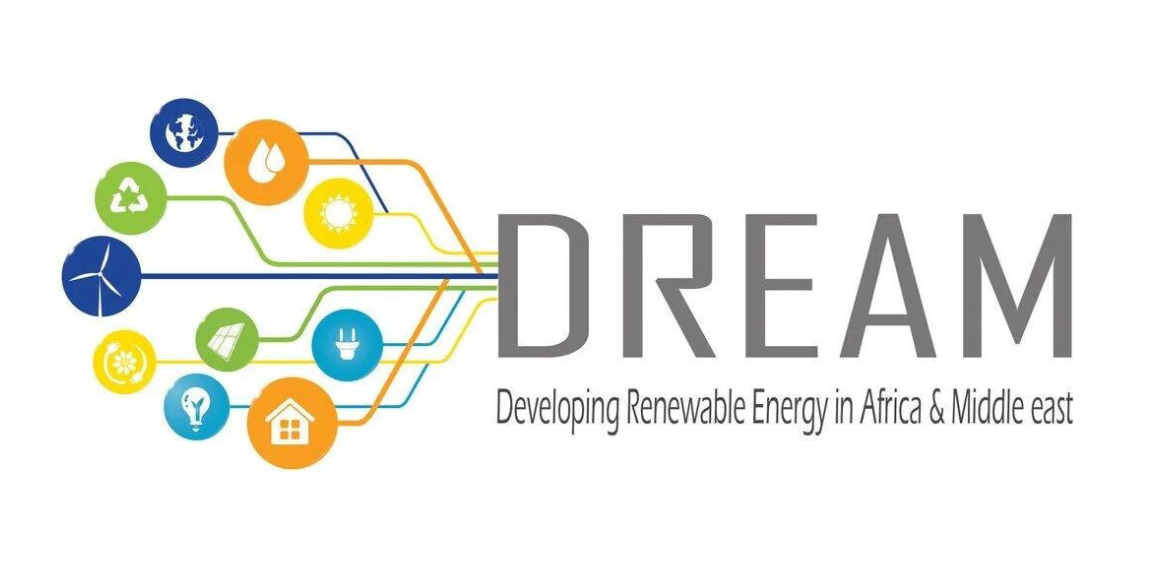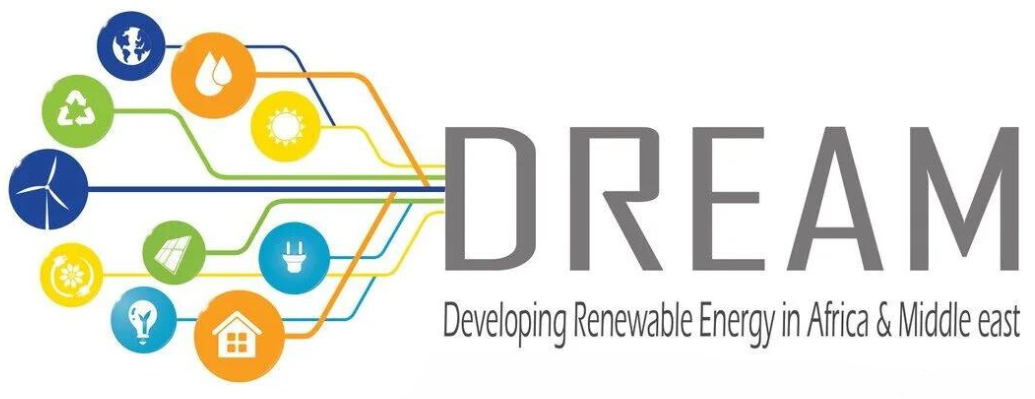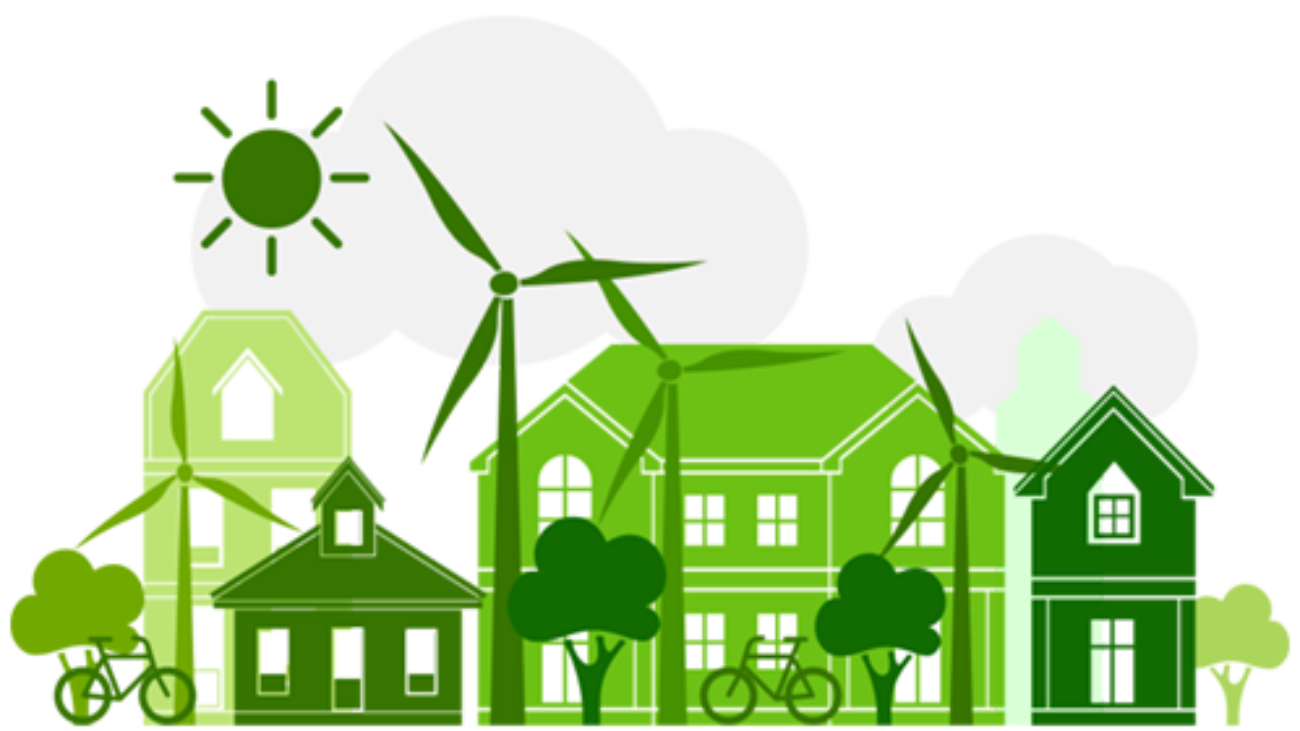Eco/green design is not the same as sustainable design, although it can be a subset of it. Reducing environmental impact is a worthy goal and an important discipline, but it’s often far from striving for sustainability. Sustainable design involves an emerging design methodology, one that strives to understand the system in which a particular issue exists before attempting to solve it. Sustainable design is also a discipline which, in addition to the environmental, strives to at least acknowledge the social and economic ramifications. Green design, on the other hand, is the systematic consideration of designs associated with environmental safety and health over the full product life cycle from new production to process development. It encompasses disciplines such as; environmental risk management, product safety, occupational health and safety, pollution prevention, resource conservation and waste management. A common approach is to replace a potentially hazardous material or processes with environmental friendly ones.
QUESTIONS TO ASK IN DETRERMINING IF A DESIGN IS SUSTAINABLE
- Does it have a long lifespan?
- Does it save energy?
- Does it add durability?
- Does it contribute to the waste stream?
- Is it renewable and recyclable?
Sustainable design is about building a future and not just a structure or product. It is much about the process as it is about the final product or service.
GREEN ARCHITECTURE
When building structures for whichever purpose be it a hotel, a house or commercial residential, green architecture is essential. Green architecture is building in s fashion that minimizes the harmful effects of construction projects on human health and the environment. Some of the characteristics of green building include:
- Efficient use of space.
- The use of alternative renewable energy power sources during and after construction.
- Using Energy Efficient lighting and appliances.
- The use of renewable and environmental friendly building material where necessary.
- Landscaping with vegetation and planning that maximizes passive solar energy.
- Optimal location on land, maximizing sunlight, winds and natural sheltering.
Climate change will not destroy the earth. The planet will go for millions of years long after the expiration of various species. Species that won’t be able to adapt fast enough to the speedy climate change may get wiped out. We are therefore not saving the planet by employing sustainable and renewable sources in our daily lives. We are saving ourselves.


